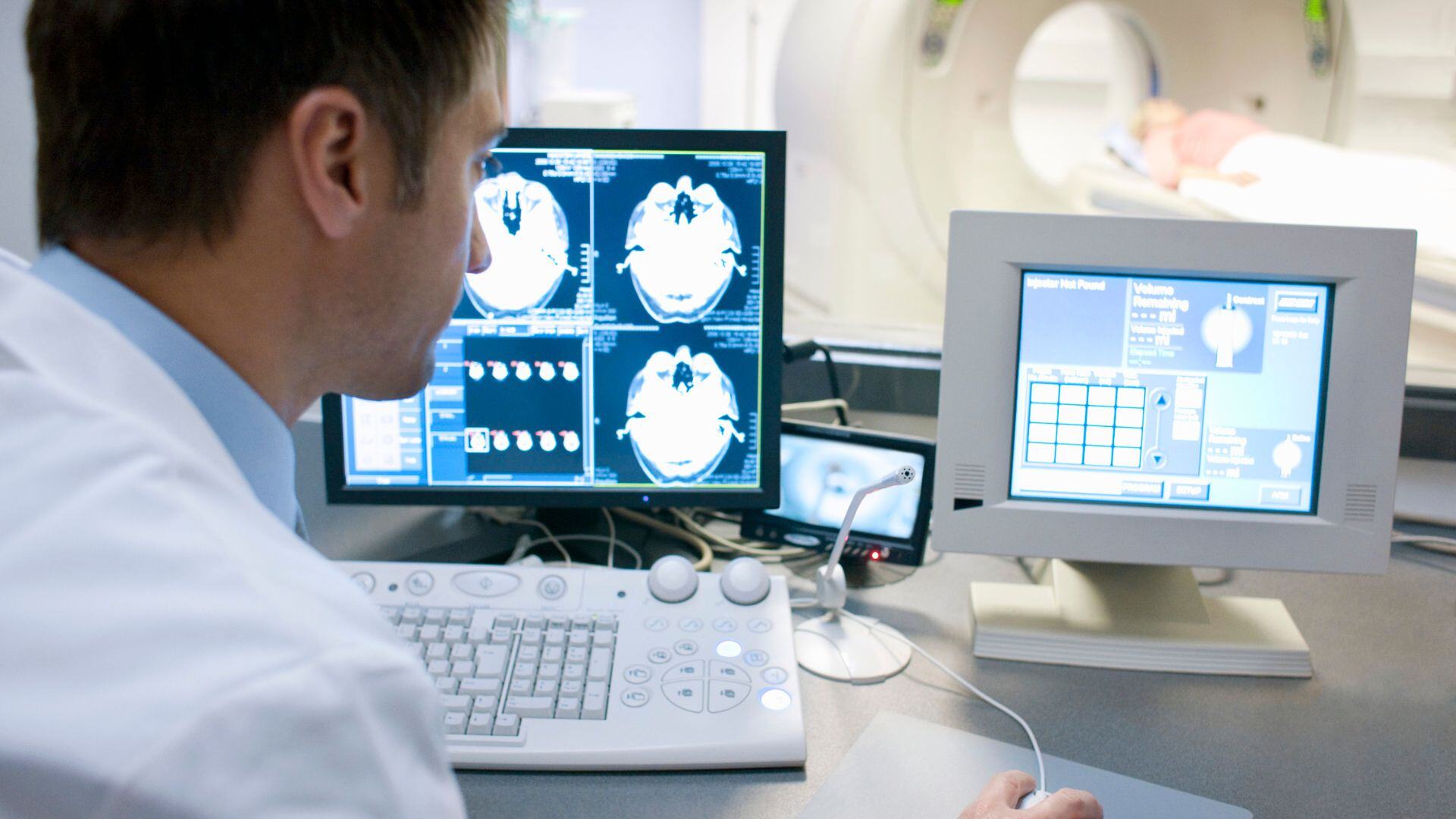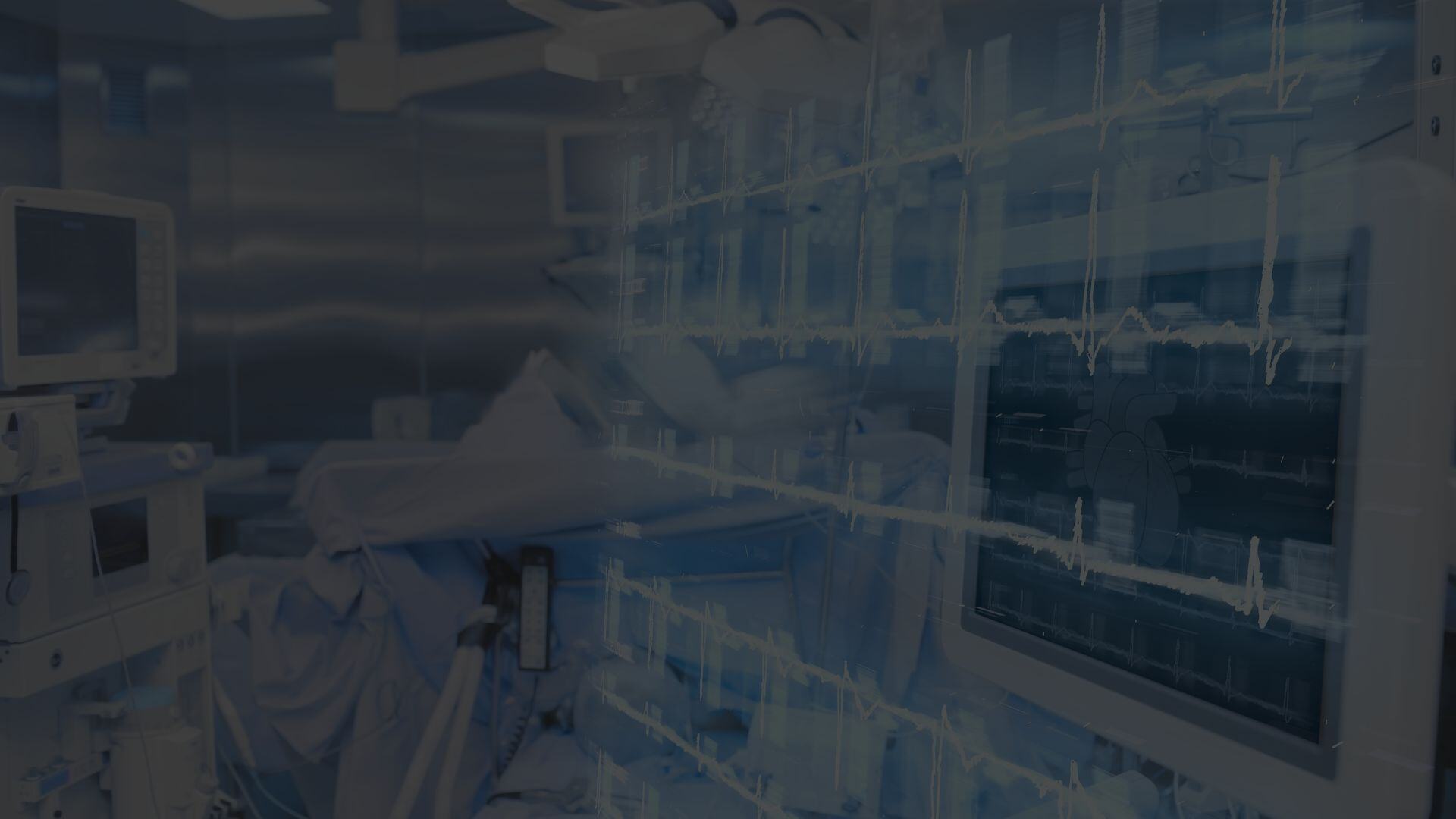Comprehensive Software Architecture: Strengthening Your IT Foundation
CareNexus® Software Architecture Documentation Process
At CareNexus®, our documentation process is designed to not only capture your current software architecture but also ensure it supports future growth, system integration, and regulatory compliance.
Here’s how we approach this:

Identify Key Components
CareNexus® begins by identifying the essential components of your software architecture, including:
- Systems and Applications: We catalog systems like EHRs, billing platforms, and patient portals.
- Data Repositories: We document how and where clinical and operational data are stored.
- Interfaces and APIs: We evaluate how systems communicate, both internally and externally.
- Infrastructure: We assess the hosting environment, whether cloud-based, on-premises, or hybrid.
- Security Frameworks: We ensure comprehensive security measures like encryption and access controls.
- User Interfaces (UI): We evaluate how users interact with these systems.
Evaluate the Purpose of Each Component
For each component, CareNexus® assesses its role in supporting:
- Clinical Care: How systems facilitate patient care.
- Administrative Functions: The ability to handle scheduling, billing, and resource management.
- Data Management: Ensuring systems support data retrieval, storage, and reporting.
- Compliance: Verifying that systems meet HIPAA and other regulatory requirements.
This evaluation ensures that each component contributes to the organization’s goals.
Map System Interactions and Data Flow
CareNexus® maps how systems communicate and data flows between components:
- Internal Integration: Documenting how systems transfer data within the organization, identifying any manual processes.
- External Interfaces: We assess integration with external partners like insurance providers or government agencies.
- Interoperability: Ensuring systems can exchange data seamlessly using standards like HL7 or FHIR.
This mapping identifies key points where integrations can be improved to reduce system silos and inefficiencies.
Performance, Security, and User Experience with CareNexus®

Assess Performance and Scalability
CareNexus® evaluates system performance under current and peak loads:
- Responsiveness: Determining if systems meet operational needs in real time.
- Scalability: We assess how well systems can grow with your organization’s expanding needs, such as supporting more users or larger data volumes.
- Bottlenecks: Identifying areas where performance slows down due to infrastructure or system inefficiencies.
Ensuring scalability and performance prepares your organization for future growth.
Document Security and Compliance Measures
CareNexus® ensures that your systems meet stringent security and regulatory standards:
- Access Controls: Reviewing role-based access management and identity verification processes.
- Encryption and Data Protection: Assessing encryption methods for data in transit and at rest.
- Audit Trails: Verifying that systems track data access and changes as required by regulations.
- Compliance: Ensuring that systems are aligned with HIPAA, HITECH, and state laws.
This ensures your architecture is secure and compliant with healthcare regulations.
Evaluate Usability and User Experience
CareNexus® evaluates the usability of your systems:
- User Interfaces (UI): Assessing the ease of use for clinicians, administrators, and patients.
- Training and Support: Reviewing the effectiveness of training programs and the availability of support.
- User Feedback: Gathering feedback from end-users to identify usability pain points.
Improving user experience ensures better system adoption and efficiency.
Addressing Legacy Systems and Driving Architectural Improvements

Identify Legacy Systems and Technical Debt
CareNexus® identifies legacy systems that may be hindering performance:
- Outdated Systems: We document systems nearing end-of-life or that don’t integrate well with modern platforms.
- Compatibility: We assess whether legacy systems create silos or operational inefficiencies.
- Technical Debt: Identifying risks associated with maintaining older systems and recommending ways to reduce technical debt.
This helps modernize your infrastructure and reduce the burden of outdated technology.
Propose Recommendations for Improvement
CareNexus® provides actionable recommendations for improving your software architecture:
- Upgrades and Replacements: Identifying outdated systems that need replacing or upgrading.
- Enhancing Integration: Proposing solutions for better system integration and data flow.
- Performance Improvements: Recommending ways to improve system performance and scalability.
- Security Enhancements: Strengthening your organization’s security measures to ensure ongoing compliance.
These recommendations ensure your architecture supports both current and future needs, positioning your organization for long-term success.
This approach allows CareNexus® to fully document and analyze your organization’s software architecture, ensuring it is future-proof, scalable, and fully aligned with healthcare regulatory requirements and organizational goals.

Take the Next Step in Strengthening Your IT Foundation
Ready to transform your healthcare IT operations? Start by understanding the current state of your software architecture and uncover opportunities for improvement.
Download our comprehensive guide to get started on your journey towards a more efficient and effective healthcare organization.
